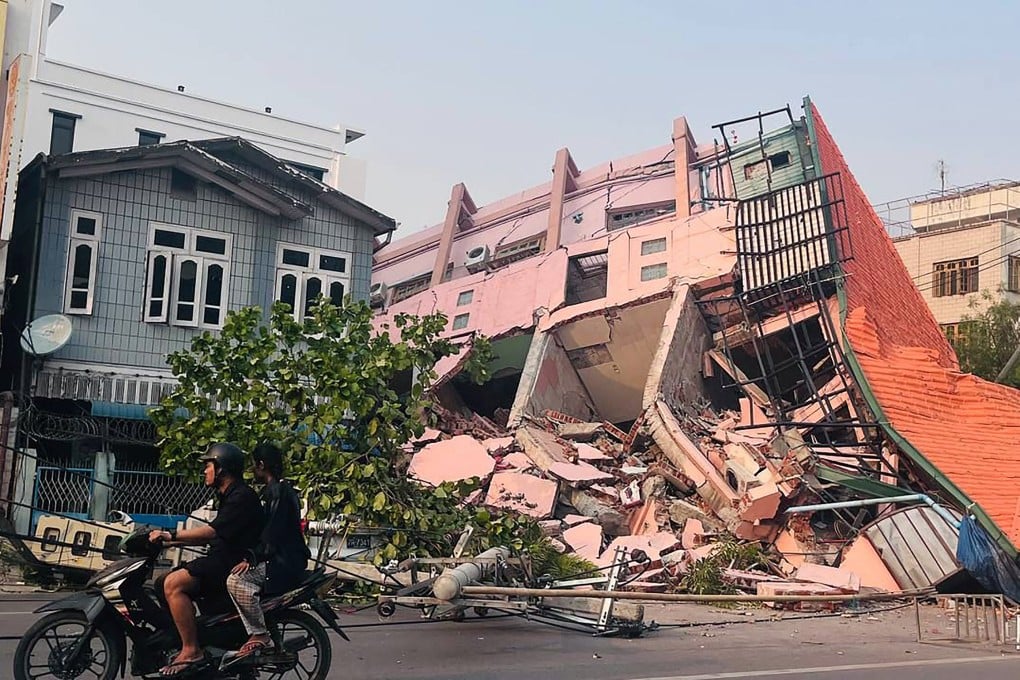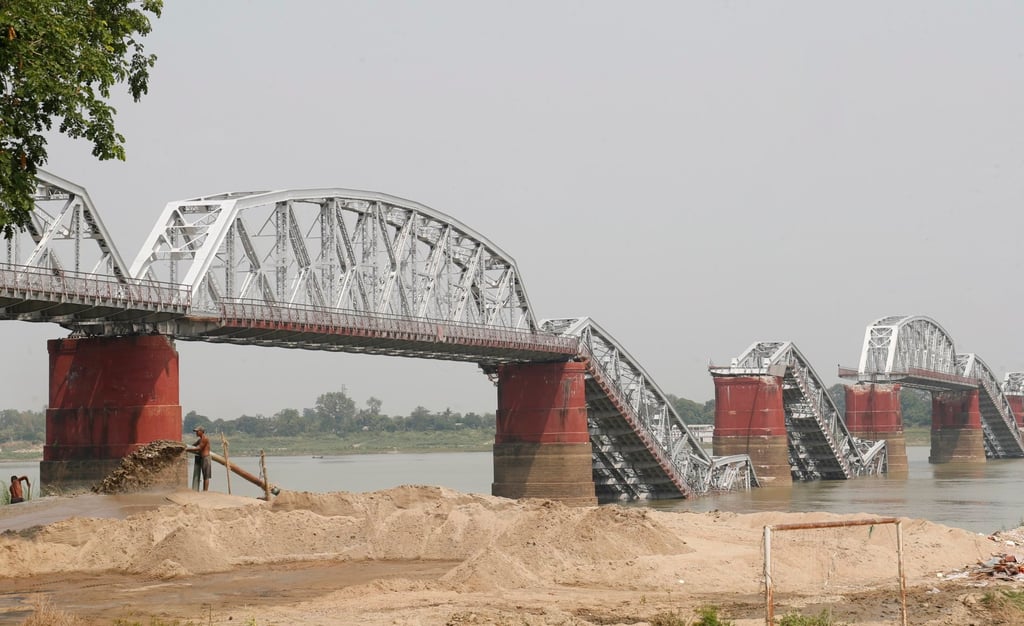Opinion | How Myanmar’s devastating earthquake threatens to leave a lasting economic scar
The earthquake in central Myanmar poses serious risks to its fragile economy, with damages disrupting agriculture, trade and infrastructure

The earthquake destroyed 1,850 buildings in Sagaing and Mandalay and damaged an additional 2,250. However, these figures may not fully capture the earthquake’s true impact, as casualties and damage outside areas controlled by the State Administration Council (SAC) are under-reported due to restrictions.
The urgent humanitarian situation following the earthquake presents challenges that are likely to persist despite responses from several countries, including neighbouring ones. Beyond the humanitarian crisis, the earthquake threatens to compound Myanmar’s economic malaise. Unless the SAC rethinks its economic approach, the earthquake’s aftermath may lead to increased poverty and inflation, as well as decreased exports and productive capacity, with impacts that could endure for years.
The direct effects of the earthquake are significant. Beyond the tragic loss of life, the economic fallout of the destruction to property, capital and infrastructure is devastating. Mandalay, upper Myanmar’s economic hub, is at the centre of the region’s supply chain. Its industrial zones and logistical parks are home to thousands of businesses, many of which have sustained considerable damage from the earthquake.
The extensive destruction of infrastructure, including roads, bridges, telecommunications and electricity, affect areas under SAC control and under non-state authorities. A historical bridge connecting Sagaing and Mandalay was destroyed and another damaged, limiting traffic to small trucks and blocking access to the river port near Mandalay.

Such destruction leads to disruptions that affect not just earthquake relief, but also important supply chains, especially in agriculture. Myanmar’s “Dry Zone” in the centre of the country is the leading growing area for pulses, oilseeds, and cereals – such as sesame, pigeon peas and chickpeas – many of which are planted in May. Disruptions in logistics that reduce farmers’ access to inputs or increase costs could negatively affect planting and harvest cycles, jeopardising farmers’ incomes in an already vulnerable region.
